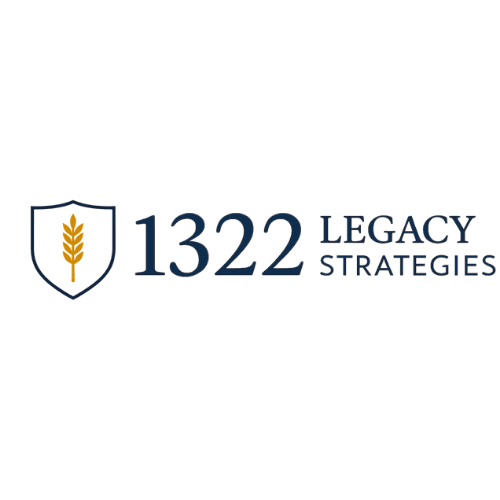How Infinite Banking lets owner–operators turn rising inventory-interest costs into a new profit center
The auto market’s gears have shifted hard in the last 18 months. What used to be a credit on your financial statements—manufacturer floor-plan assistance—has become a grinding monthly cost. Industry analysts now peg the average floor-plan expense at roughly $70,000 per rooftop each month — an 800 % jump since 2020 wardsauto.com. Mercer Capital adds that, with rates still elevated, many dealers are “turning down allocations” because carrying cost now erodes margin before a single test-drive occurs mercercapital.com.
That money isn’t just leaking out of your dealership; it’s watering someone else’s field.
A better way to “fuel the lot”
Capital you own, not rent
Nelson Nash’s Infinite Banking Concept (IBC) was built for moments exactly like this. At its core, IBC says: move the banking function in-house—store capital inside high-cash-value, dividend-paying whole-life policies issued by mutual insurers—and you “get the bankers out of your life.”
For a dealer-principal, that translates into:
(Tables normally add clutter; this one earns its keep by making the contrast glaring.)
Three engine blocks for your bottom line
- Recapture floor-plan spread
- Stabilize cash-flow horsepower
- Shield the legacy garage
From theory to tarmac: a quick-start playbook
- Measure the leak. Pull a 12-month rolling total of floor-plan interest plus related fees. That’s your “opportunity dividend.”
- Redirect, don’t restrict. Commit 40-60 % of that figure to premium on a high-early-cash-value policy (often MEC-optimized corporate-owned life).
- Cycle inventory through the policy. Borrow against cash value at 4–5 % simple interest, pay back from unit sale proceeds, and repeat.
- Track the delta. Compare recaptured interest + dividend credit against previous lender charges each quarter; the crossover often appears inside 24-30 months.
- Scale with intention. Once policy cash value equals 4–6 weeks of average inventory cost, you’ve built a self-funding moat. Expand coverage, or start a second policy timed for succession.
Why this matters now
Margins on new vehicles have already fallen 33 % year-over-year digitaldealer.com, and OEM electric-vehicle mandates are pushing capital requirements higher. Controlling cost of capital is the new competitive moat. Dealers who harvest today’s cash-flow pain and plant it in a private banking system will be the ones still thriving when the next rate cycle turns.
“The harvest of tomorrow is sown in the faithful stewardship of today.”
Control your capital. Build your legacy—on the lot, in the ledger, and for the generations who will one day drive by and see your name on the sign.
Ready to run the numbers for your rooftop?
Let’s map your “dealer bank” blueprint in a 30-minute Strategy Session. No pressure—just stewardship.


